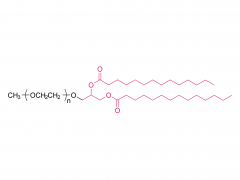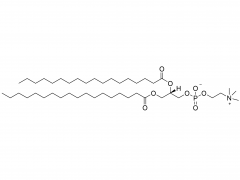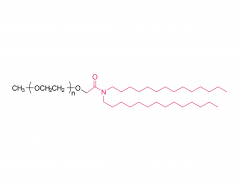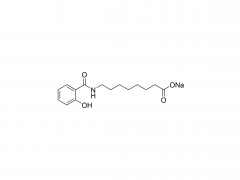Biomaterials. 2014 Aug;35(25):7058-67. doi: 10.1016/j.biomaterials.2014.04.105. Epub 2014 May 20. Stability enhanced polyelectrolyte-coated gold nanorod-photosensitizer complexes for high/low power density photodynamic therapy Zhenzhi Shi 1, Wenzhi Ren 1, An Gong 1, Xinmei Zhao 1, Yuehong Zou 1, Eric Michael Bratsolias Brown 2, Xiaoyuan Chen 3, Aiguo Wu 4 Abstract Photodynamic therapy (PDT) is a promising treatment modality for cancer and other malignant diseases, however safety and efficacy improvements are required before it reaches its full potential and wider clinical use. Herein, we investigated a highly efficient and safe photodynamic therapy procedure by developing a high/low power density photodynamic therapy mode (high/low PDT mode) using methoxypoly(ethylene glycol) thiol (mPEG-SH) modified gold nanorod (GNR)-AlPcS4 photosensitizer complexes. mPEG-SH conjugated to the surface of simple polyelectrolyte-coated GNRs was verified using Fourier transform infrared spectroscopy; this improved stability, reduced cytotoxicity, and increased the encapsulation and loading efficiency of the nanoparticle dispersions. The GNR-photosensitizer complexes were exposed to the high/low PDT mode (high light dose = 80 mW/cm(2) for 0.5 min; low light dose = 25 mW/cm(2) for 1.5 min), and a high PDT efficacy leads to approximately 90% tumor cell killing. Due to synergistic plasmonic photothermal properties of the complexes, the high/low PDT mode demonstrated improved efficacy over using single wavelength continuous laser irradiation. Additionally, no significant loss in viability was observed in cells exposed to free AlPcS4 photosensitizer under the same irradiation conditions. Consequently, free AlPcS4 released from GNRs prior to cellular entry did not contribute to cytotoxicity of normal cells or impose limitations on the use of the high power density laser. This high/low PDT mode may effectively lead to a safer and more efficient photodynamic therapy for superficial tumors. Keywords: AlPcS4 photosensitizer; Gold nanorods; High/low power density; Near-infrared; Photodynamic therapy (PDT); Synergistic therapy. Related products Abbreviation: mPEG-SH Name: Methoxypoly(ethylene glycol) thiol For more product information, please contact us at: US Tel: 1-844-782-5734 US Tel: 1-844-QUAL-PEG CHN Tel: 400-918-9898 Email: sales@sinopeg.com
View More





























